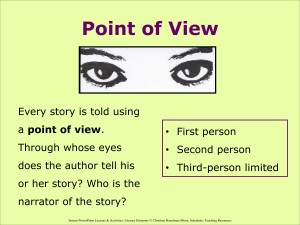“Travel is a kind of doorway which you leave reality as though you were entering an unexplored reality that seems like a dream.”
Virilio talks about travel, but not travel in a sense that you and I know; travel provided by technology. This quote makes me think of whenever you have a movie and the maincharacter gets a head injury and is taken to a dream or essentially what seems like another place. In a sense this is what Virilio is talking about when discussing travel. He is talking about how travel has been taken by this scene, this scene through a surveillance screen.
This is not in any way conducive to how we as humans were supposed to be existing with one another. There was not supposed to be any sort of hindrance to the freedom of man, but as we “travel” with technology it seems to be changing this aspect of life.
We are accelerating much faster through everyday than and taking us away from what we were supposed to be: interactive.
What I struggle with while reading this portion of part II, is that is technology in some ways helping us get places faster? We can get from one place to the next in a much more efficient manner than we used to be able too. So what’s the issue? Is it that we aren’t actually spending enough time with each other in general even though we are getting there faster? Or maybe it’s the clear fact that once we are in one place, we can’t wait to get to the next?

